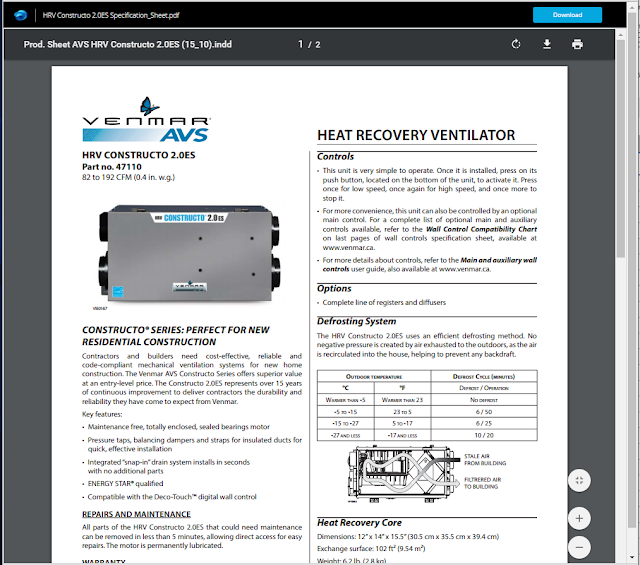Over the past few months I've been pretty busy exploring this idea of embedded data and content in our Revit families. In the mechanical and plumbing world it's important to understand how to attach documentation and specifications in to your content, so that the end user is able to actually interact with that data. This is all fully possible now thanks to Unifi and A360. Through several forum suggestions on A360's idea station (located here:
http://forums.autodesk.com/t5/a360-ideastation/idb-p/206/tab/most-recent), I've been able to suggest new features that the team has been immensely generous in adding because they've seen value for the end user. Some of these recent enhancements include hyperlink support in the mobile, tablet, and website versions. This is huge because currently Revit does not allow you to embed pdfs, (probably justified for file size), but this can be worked around through the use of shared parameters that are URL based. Then referencing those documents from your A360 drive folder through the utilization of a shared link.
Here's our workflow.
1.) Specification & Installation Data is placed on A360 Team folder.
2.) Our Revit family content creator in our office generates a Revit family that has parameters that reference the "A360 Specification URL" and "A360 Installation URL". This becomes a parameter that the shared link can be placed in for future content creation.
3.) The file is uploaded to Unifi. Where the link can be accessed by other office staff. People that don't even have Revit on their computers. To access cloud stored documents that are equally accessible by the field plumbers and hvac technicians.
4.) The model content is placed somewhere down the line in the project for communication of location and coordination of duct and pipe work. This allows for the field foreman to get a better understanding of it's purpose and location on site, and to have access to this specification data located in the cloud for accessibility virtually anywhere.
 |
| Specification Data |
 |
| Installation Data |
5.) All Revit Mechanical Equipment Families created in our office have this data. This data allows for a homeowner building package turnover. This allows for our clients to have a piece of mind in data accessibility in the future.
6.) This data can then be exported to Autodesk Building Ops for servicing the equipment in the future.
 |
| Building Ops imports hyperlinks. |
Building Ops can import embedded Revit links and maintain those for pulling together an Operations Manual for the building.
One may contest that embedding links like these into the Revit model is dangerous because links can become potentially broken in the future. This is a justified position to have; however, thanks to the A360 team, once the file has been "shared" initially that link remains, and is accessible even when archived.
This is also reinforced by manually adding all specification pdfs from A360 to the Building Ops platform for accessibility and downloading in the future.
We have had great success with this method for the last year, and I thought it was time to share our preferred workflow thanks to some great tools that make this a practical approach.
















